Compact fluorescent bulbs Philips Tornado 20W Spiral
Compact fluorescent bulbs Philips Tornado 20W Spiral is superior product line with a spiral design unique to reflect light better dad to help with higher brightness ball . Philips Tornado 20W twists compact ball with two yellow light ( WW ) and daylight white ( CDL ) energy saving and average lifespan of the ball 8,000 hours ( equivalent to 4 years of use if lighting around 5.5/ngay ) .
- Code:Bóng đèn Compact Philips xoắn Tornado 20W
- Original Price:144,900 vnđ
- Sale Price:94,184 vnđ Mua ngay
Light that is built to last
Philips energy-saving bulbs provide high-performance and long-lasting light. Choose from a range of shapes, applications and colour temperatures to create the ambience that fits your mood.
The helical compact fluorescent lamp was invented by Ed Hammer at GE in 1976. His proposal was to coil a long, thin high efficiency tube into this form, such that it would better match the size and light distribution of a frosted incandescent lamp. However GE felt that coiling glass tubes into this complex shape was not compatible with high speed manufacturing techniques, and the idea was shelved.
It was not until 1992 that GE completed a machine for bending the glass, and samples of the so-called Heliax lamp that it produced were issued to the market that year. Sadly the lamp never made it to mass production, owing to extreme difficulty in controlling the production process.
The commercial introduction of the lamp had to wait a further three years until a Chinese firm, Shanghai Xiangshan, marketed the first successful design. The low labour rates in China allowed this company to economically undertake the manufacture by employing a small army of glassblowers to create the spiral form. Since then the market has taken off and many of the major firms now out-source a spiral CFL lamp from China. This is Philips” first lamp from 2003.
In fact the spiral CFL is a very poor lamp in terms of efficacy. There are two ways to make it. The first is to coil the pre-coated glass tube. This causes damage to the phosphor layer during the deformation of the glass. The second is to first coil the glass, and then coat it. Owing to action of gravity, coating thickness cannot be uniformly controlled. It is too thick on the lower half of each coil, and too thin above. The result is a lamp of lower efficacy than when straight tubes are used, but owing to its compact size the lamp remains popular.
Features
Save energy with sustainable products
All Philips energy saving lamps save energy from the moment you turn the switch. During their lifetime these Philips lamps use fewer kW, resulting in a lower energy bill. The level of energy saving differs per lamp type and technology.
Energy-saving brightness
Brighter usually means more power, and a brighter life comes at a price. Philips energy- saving lamps give you more light without requiring more power.
You can trust what the Philips packaging is saying
Philips keeps its promises about performance of its energy saving lamps. You can trust what the Philips packaging is saying about light output, lifetime and wattage equivalents to incandescent lamps.
Reduce your energy bill and carbon (CO2) emissions
Philips energy saving lamps reduce the amount of energy use in your home, which results in a lower energy bill and less carbon (CO2) output by your energy supplier.
Small, high-performance bulb
Our smallest energy saving lamps are just as small as a traditional light bulb. You can now save energy and money in all your lights and lamps, without compromising on light quality.
Relate Products
-
Philips Compact fluorescent lamps 18W
118,965 vnđ
77,327 vnđ
-
Philips compact fluorescent lamps 8W - Essential
72,660 vnđ
47,230 vnđ
-
Philips compact fluorescent lamps Genie14W - 3U
105,000 vnđ
68,251 vnđ
-
Philips compact fluorescent lamps 23W - 3U Essential
123,585 vnđ
80,330 vnđ
-
Philips Compact fluorescent lamps 18W - 3U
118,965 vnđ
77,327 vnđ
-
Philips Compact fluorescent lamp 5W Genie
83,370 vnđ
54,190 vnđ
-
Compact Fluorescent Lamps Philips 11W - 3U Genie
98,805 vnđ
64,223 vnđ
comment(s) (0)
Product Categories
Lastest News
Promotion Products
Writer
<a href="https://plus.google.com/102772902154492190710?rel=author">HUTRACO</a>
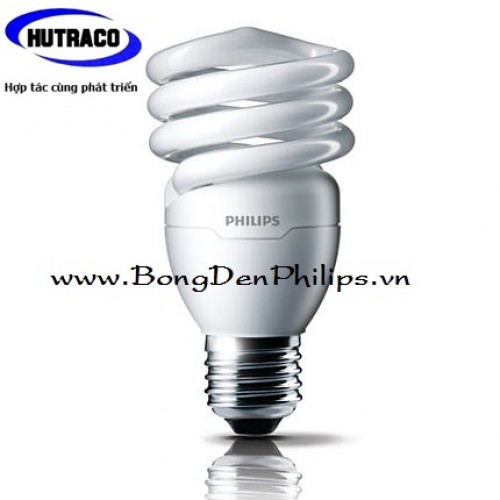



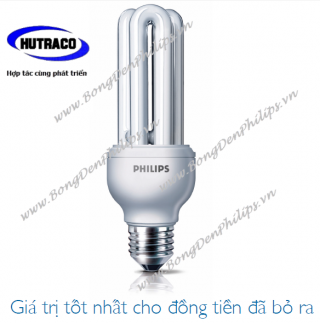
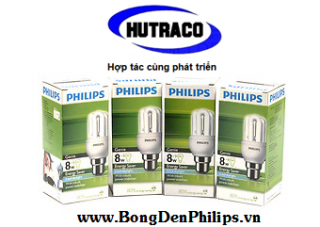
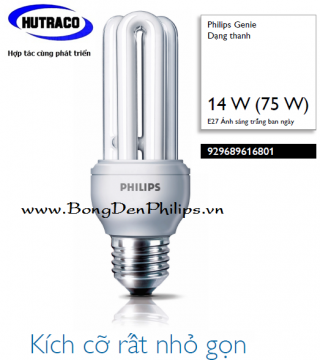
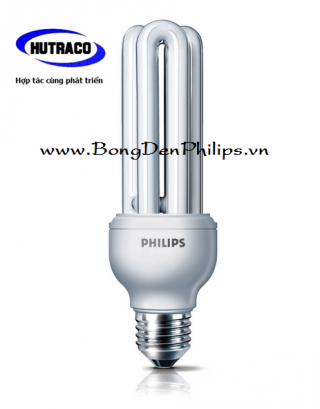
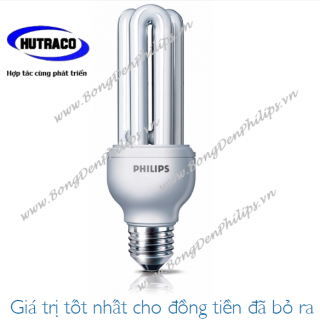
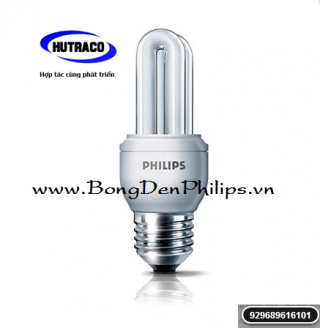
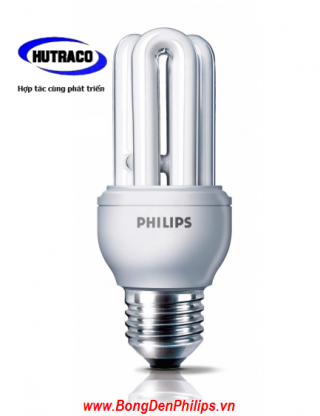


Send your comment